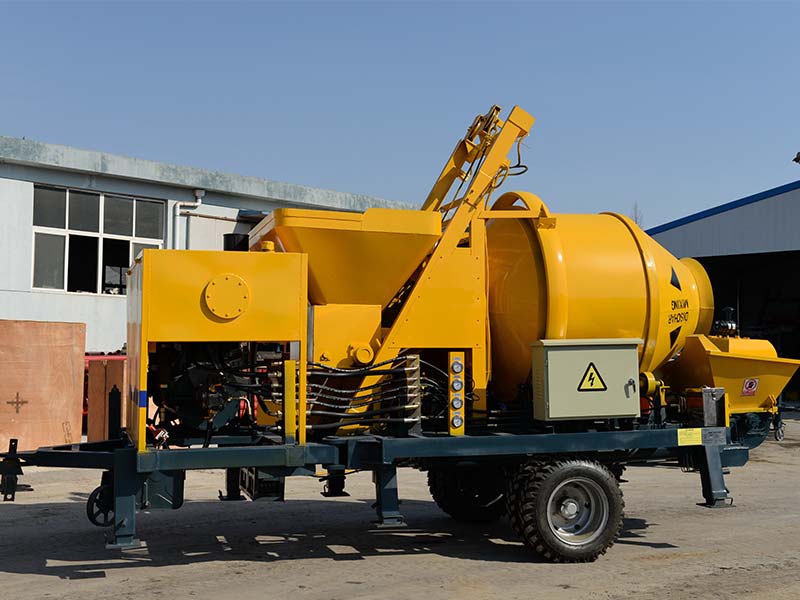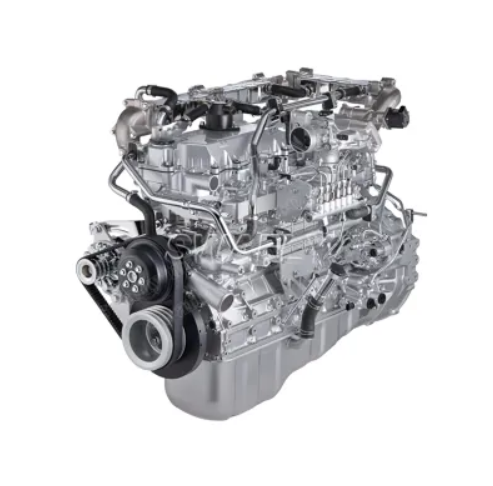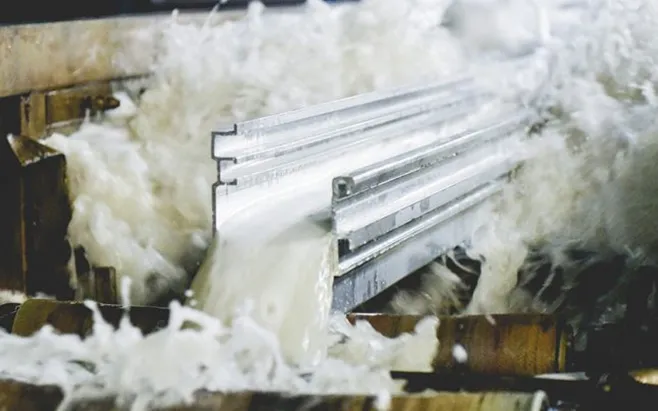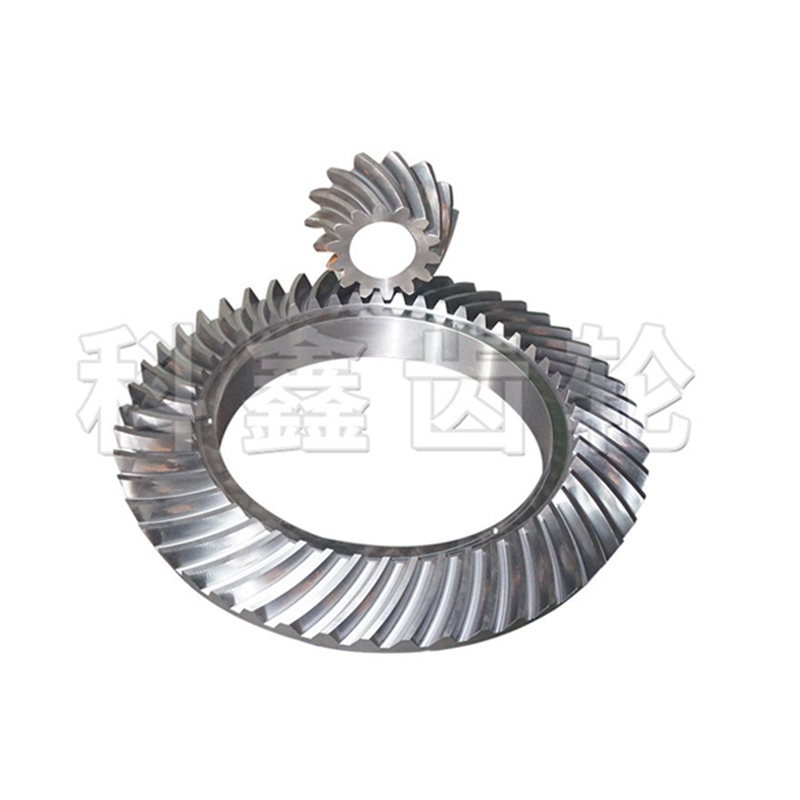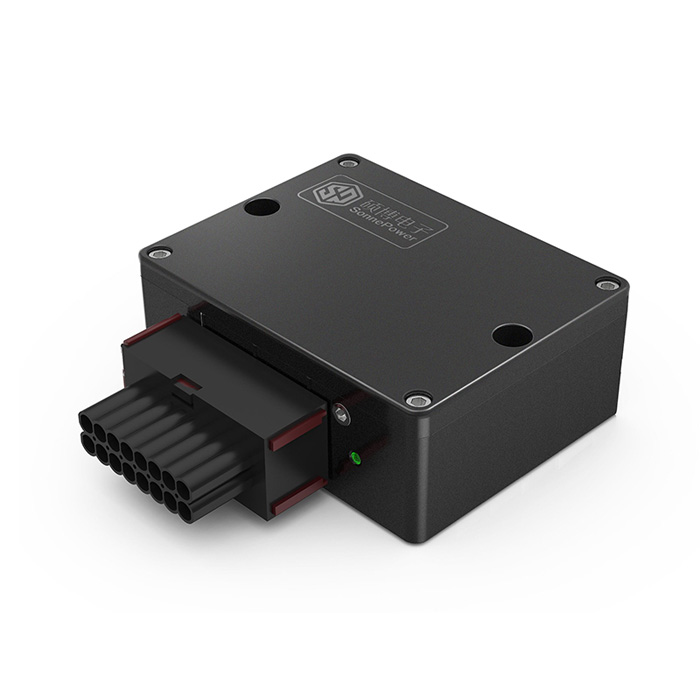The Grey Iron Casting Process
Grey iron casting is a casting process that involves the production of components using grey iron, which is a type of cast iron. Grey iron is characterized by its graphite microstructure, which gives it its distinctive grey appearance. It is a widely used material due to its excellent castability, good machinability, and desirable mechanical properties.
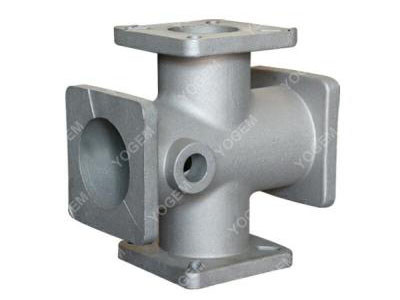
Properties of Grey Iron Casting
Grey iron casting exhibits several important properties that make it suitable for various applications:
a. High Strength and Hardness
Grey iron has high strength and hardness, making it suitable for applications that require good load-bearing capacity and wear resistance.
b. Good Damping Capacity
Grey iron has excellent damping capacity, which allows it to absorb and dissipate vibrations and noise. This property makes it valuable in applications where noise reduction is important.
c. Thermal Conductivity
Grey iron has good thermal conductivity, allowing it to efficiently dissipate heat. This property is advantageous in applications that involve heat transfer or require temperature control.
d. Low Melting Point
Grey iron has a relatively low melting point compared to other metals, which makes it easier to cast and work with during the manufacturing process.
e. Excellent Machinability
Grey iron is known for its good machinability, enabling the production of complex components with precise dimensions and smooth surfaces.
The Grey Iron Casting Process
The grey iron casting process involves the following steps:
a. Pattern Creation
A pattern is created, typically made of wood, plastic, or metal, to replicate the shape and features of the desired component.
b. Mold Preparation
A mold is made by enclosing the pattern in a mixture of sand and binders. The mold consists of two halves, the cope and the drag, which are assembled to create a cavity.
Recommended article:What is precision surface finishing?
What are the benefits of using a Volvo Diesel Engine?
Can Plastic Be CNC Machined?
What are the application fuilds of rapid prototyping process?
What is precision surface finishing?
What are Radiant Tubes?
What are the advantages of Spiral Bevel Gears?
c. Melting and Pouring
Grey iron, along with other alloying elements, is melted in a furnace at high temperatures. Once molten, the iron is poured into the mold cavity through a gating system.
d. Cooling and Solidification
The molten iron cools and solidifies inside the mold, taking the shape of the pattern. The cooling time depends on the size and complexity of the component.
e. Shakeout and Finishing
After solidification, the mold is removed, and the grey iron component is extracted. Finishing processes such as grinding, machining, and surface treatments are performed to achieve the desired specifications and surface quality.
Applications of Grey Iron Casting
Grey iron casting finds a wide range of applications in various industries, including:
a. Automotive Industry
Grey iron casting is commonly used in the automotive industry for engine blocks, cylinder heads, brake components, and suspension parts due to its strength and wear resistance.
b. Machinery and Equipment
Grey iron components are utilized in machinery and equipment manufacturing, including pumps, valves, gears, and agricultural machinery, where high strength and damping properties are required.
c. Pipe and Fittings
Grey iron is used in the production of pipes and fittings for plumbing systems, water distribution networks, and sewage applications due to its durability and corrosion resistance.
d. Construction Industry
Grey iron casting is employed in the construction industry for applications such as manhole covers, drainage grates, and architectural elements, offering strength, stability, and longevity.
Grey iron casting is a versatile and widely used manufacturing process that enables the production of components with excellent strength, hardness, and damping properties. Its applications span across industries, including automotive, machinery, construction, and plumbing. With its desirable properties and advantages such as cost-effectiveness and design flexibility, grey iron casting continues to be a valuable method in the manufacturing world.
Recommended article:What are the common types of bearings used in electric motors?
What is a CAN Bus Display and how does it work?
How many years do bellow seal valves last?
When did John Cena start filming The Marine?
What causes spiders to come in the house?
What are the benefits of low pressure molding?
Where are PM OLED Displays commonly used?


